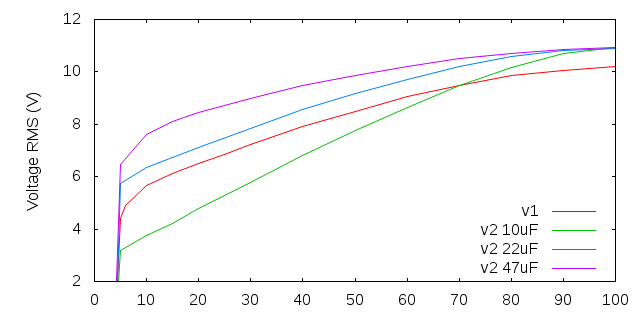Bryan Mayland
TVWBB Hall of Fame
Oh what the heck! Every time you said "Yellow Jacket" I kept thinking "Black Widow". That is definitely very cool and cost effective. I could seriously save some space in my 2.0 design with that. Unfortunately there's no flash chip on it so I'd need a way to serve up my web pages (17kB so far).
I've posted my code on my site:
HeaterMeter r24
Libraries r24
I've included the libraries in a separate zip file because I had to change the dataflash library to get it to work at all. I think the other two are completely stock, but I can't tell because they're outside my source repository.
I stole most of Bob's steinhart-hart calculation, but the rest is pretty much written from scratch. Note that the temperature is measured 8 times over the course of every second and averaged to produce the result. There's a ton of other junk in there too, and I tried to make it as readable as possible, but if you have any questions let me know and I can answer them.
I've posted my code on my site:
HeaterMeter r24
Libraries r24
I've included the libraries in a separate zip file because I had to change the dataflash library to get it to work at all. I think the other two are completely stock, but I can't tell because they're outside my source repository.
I stole most of Bob's steinhart-hart calculation, but the rest is pretty much written from scratch. Note that the temperature is measured 8 times over the course of every second and averaged to produce the result. There's a ton of other junk in there too, and I tried to make it as readable as possible, but if you have any questions let me know and I can answer them.

